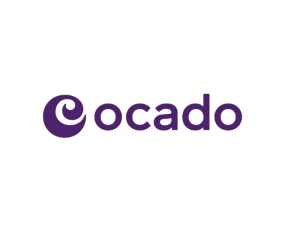
A little surprisingly, internet retailing has fallen back considerably since the beginning of 2022. Express carriers have seen volumes decline in single digit percentages quarter after quarter, whilst Amazon has significantly reduced its capital expenditure.
Yet the demand for e-retail infrastructure has not gone away.
Ocado, the UK based grocery retailer and logistics technology provider, announced last week the sale of its ‘OSP’ software and warehousing hardware platform to Lotte, the South Korean retailer. Lotte has decided that it will use Ocado’s systems to construct a customer fulfilment centre (CFC) which is due to start in 2025, with “six CFCs planned by 2028, covering a range of grocery missions across multiple geographies”. They will also use Ocado’s “In-Store Fulfilment (ISF) software across their network from 2024.”
Ocado has sold its technology to a string of large retailers such as Aeon Group in Japan and Kroger in the US. However there does seem to be a slight difference in how Lotte intends to apply the system. The Korean retailer has for a year or so being running what it calls LOTTE Auto Fresh Center which it describes as an “automated logistics center” which enables “order to packing in less than 7 minutes”. This is part of a wider initiative called SmartStore which aims to integrate the “online and offline shopping experience” which aims to be an ‘Immediate Delivery’ system “targeting customers in core commercial area of the 5 km radius, and as a result, customers located within the zone are guaranteed a 2 hours delivery. LOTTE Mart plans to operate two Smart Stores as a start and gradually expand to core regions”.
Lotte’s concepts are different to the types of more conventional e-retail operations seen at Amazon for example. There seems to be an intention to integrate e-retailing and conventional retailing more closely, possibly with a greater emphasis on the sale of food.
South Korea’s urban areas are more densely populated than those in most of the US and its food sector places more emphasis on fresh products sourced locally. Consequently, the retail solutions have to be agile and responsive. This seems to be direction that Ocado’s technology is moving towards, with the ability to handle smaller order-quantities from more compact fulfilment centres located in urban locations. It will be interesting to see if this approach is adopted in other markets, especially those in South East Asia with strong fresh-food cultures.
Author: Thomas Cullen
Source: Ti Insights
Supply chain strategists can use GSCi – Ti’s online data platform – to identify opportunities for growth, support strategic decisions, help them stay abreast of industry trends and development, as well as understand future impacts on the industry.
Visit GSCi subscription to sign up today or contact Michael Clover for a free demonstration: [email protected] | +44 (0) 1666 519907